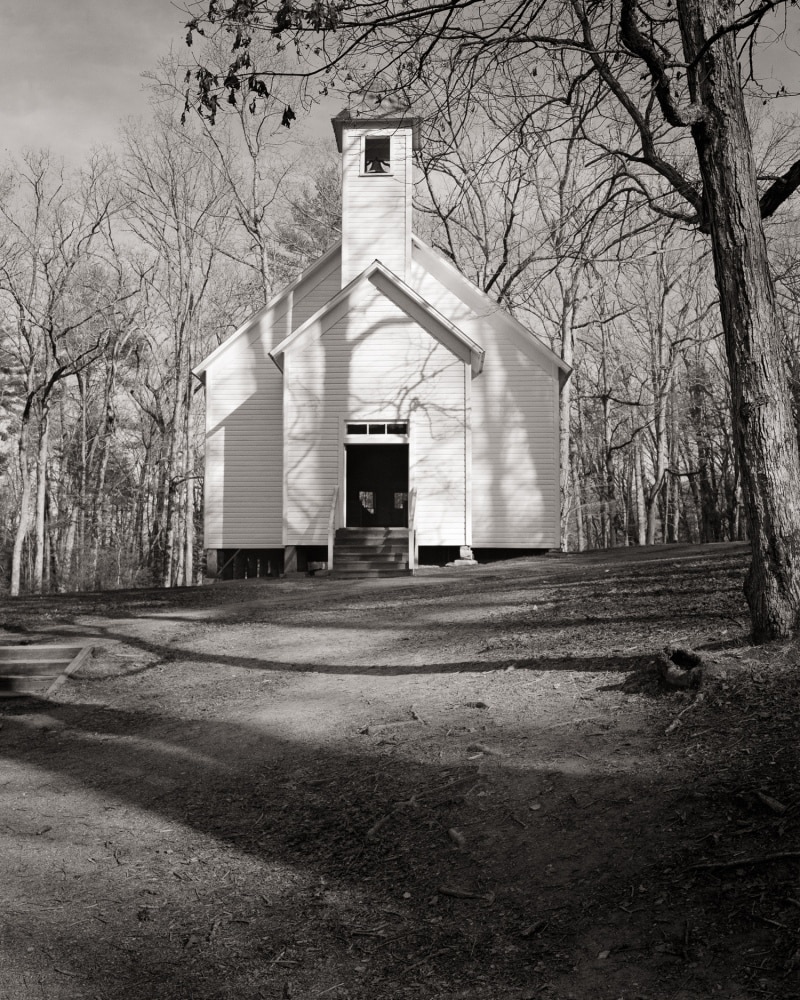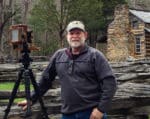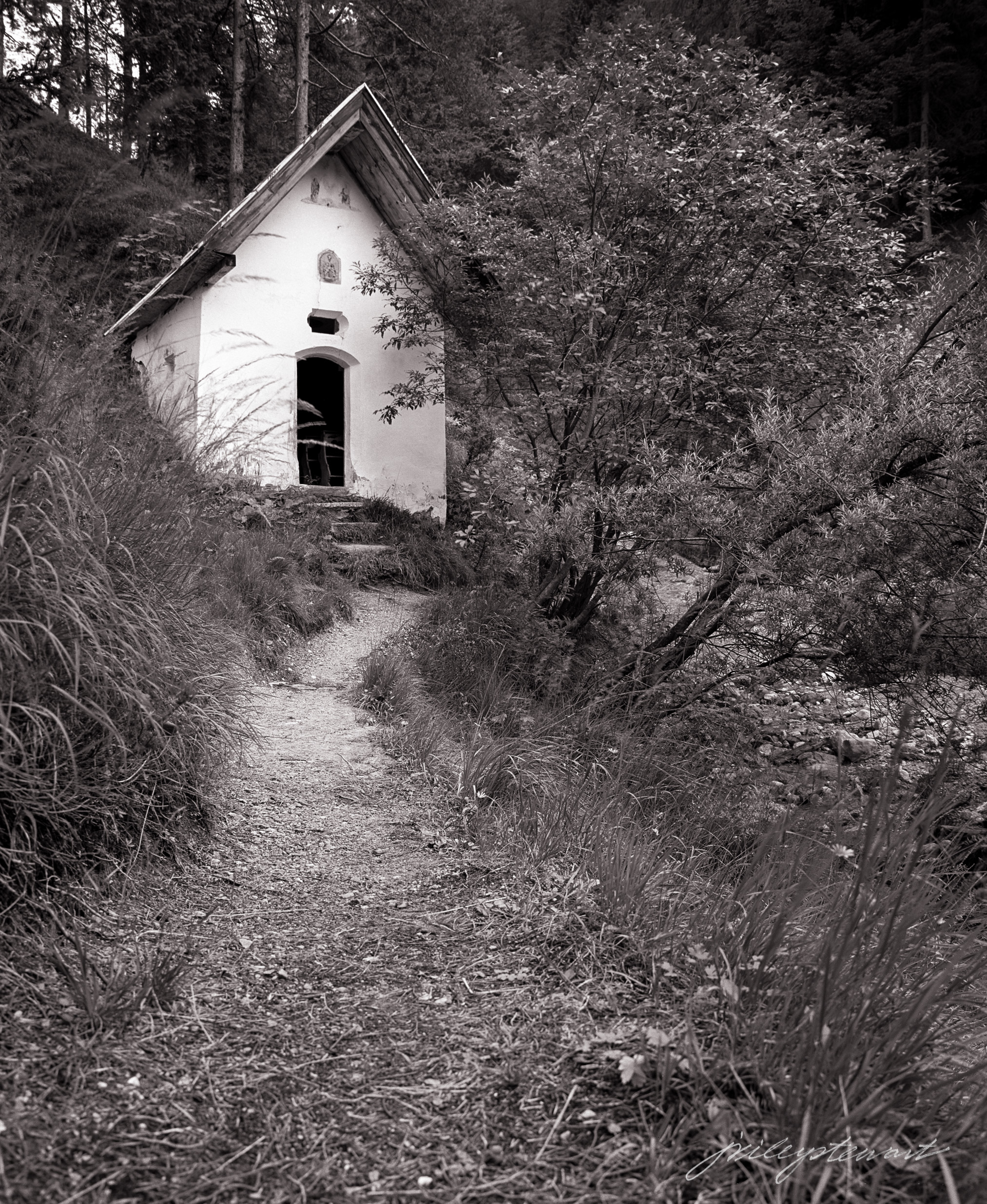
To appreciate today’s featured image, you have to STOP AND LOOK at it for a moment. You want to engage a bit in photographic seeing. Once again quietly: stop. and look.
I don’t mean to be yelling at you. Really. But I did want to get your attention, because the story I want to tell you today demands some creative thought on your part.
At this time of year, with the holidays fast approaching, we’re all going 100 miles per hour. And we need to just stop for brief periods to catch our breath. Or we risk missing something important.
The picture isn’t important. The things our kids say and do everyday: those are important. The holiday wishes we get from friends: again, important. The quiet planning by those busily preparing holiday meals: Important. Important. Important!
And my contribution to your busy-ness right before the holidays is merely this: an opportunity to stop for a moment and think about something …..else. A pleasant diversion, if you will.
Photographs are merely diversions, are they not?
But they can be very powerful diversions. In fact, photographs can permanently change the way you think and feel about things, if you let them. But to give them that chance, we need to stop and look at them for a few moments. To buck the tendency to scroll rapidly past countless images in our Facebook and Instagram feeds.
The famous 20th Century American photographer Minor White said:
“One should not only photograph things for what they are, but for what else they are.”
I try to do that, in my own way, when creating images. Admittedly, I often/usually fail. It’s not easy to communicate what else something is.
In “Assimilation,” we see a quaint white church in the forest. That’s what it is, isn’t it? It’s got a steeple with a spire on top and a bell in the belltower. It must be a church.
But what else is it?
It’s up to each of us to answer that, assuming we want to.. And it’s okay that we all have different answers. Some of us will say “..it’s a place of worship (enter all the souls who have made it so over the years),” Some will say it’s a relic of our history, representing the culture and the times from whence it sprang. And still others may say, “…it’s just a drafty old building.”
To me, and what caught my attention when walking about the Mission Baptist Church site in Cades Cove, TN, was the way the church became a part of the forest surrounding it, if only for a few moments. During those moments, the setting sun was casting shadows of the trees across the church’s facade, and It became inseparable from the forest. In those moments, the trees became the church and the church became the trees.
I thought “assimilation” an apt description for “what else” this little church had become, and this moment became something I wanted to remember. “Click.”
What else is this little church to you? I’d love to hear about it!
Until next week,
J.

Clicking the image of “Assimilation” will take you to its place in the gallery, where you can explore the details and, I hope, give you a moment to escape all the holiday busy-ness in your life, even if only for a brief, quiet few moments.





